

The poster for The Imitiation Game.
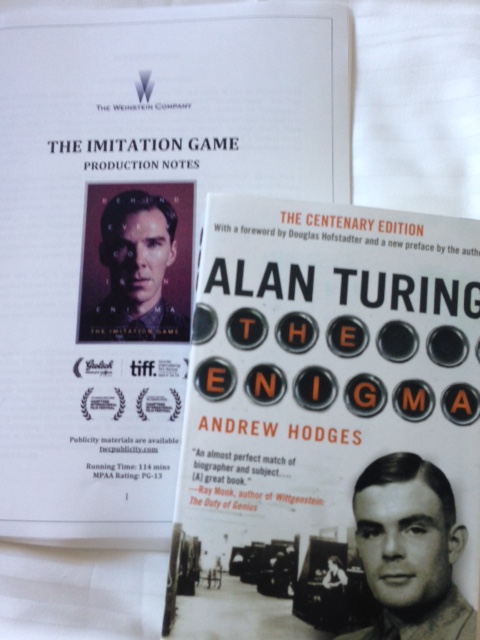
The production notes for The Imitation game, along with Andrew Hodges' biography on Alan Turing.
My Mission: TIME Magazine calls, they want our Enigma machine for a photo shoot in Hollywood featuring The Imitation Game star Benedict Cumberbatch. The movie is based on Andrew Hodges’ book, Alan Turing: The Enigma.
My Response: Sign me up!
The Enigma is packed for our road trip, white gloves are essential, two pair just in case….Lots of cushion around this important CHM artifact.
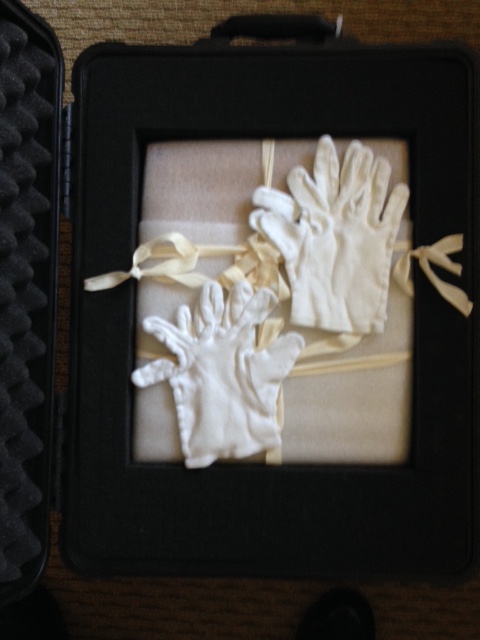
The CHM's Enigma, wrapped up and secured.
November 8, 2014, zero dark five thirty: The Enigma is in the trunk and we’re off on the six hour drive to Hollywood.
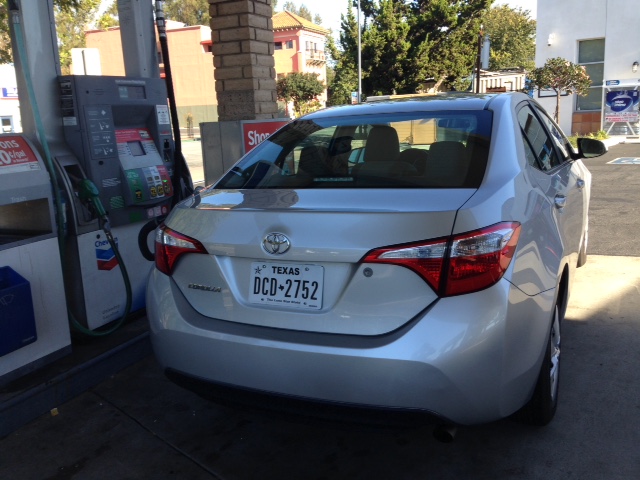
The CHM is on their way!
About 3pm: We arrive at the Sunset Tower Hotel, built in 1929, of which Truman Capote said:

A greeting card with the Sunset Tower Hotel on it.
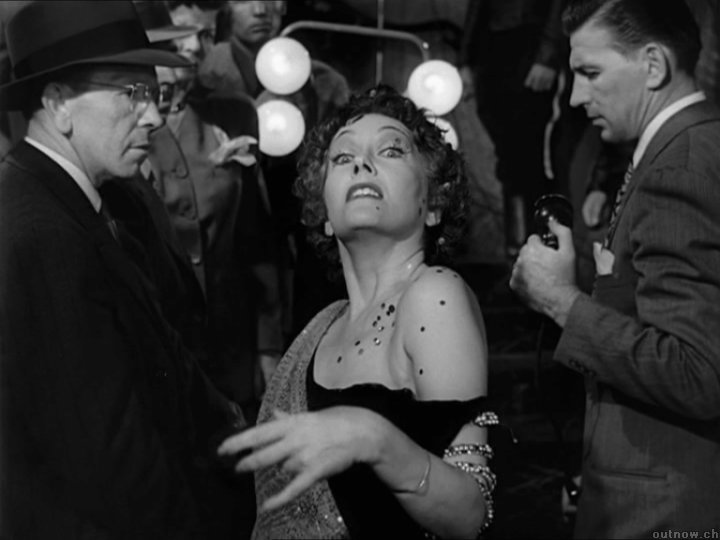
The CHM's Enigma is ready for its close-up!
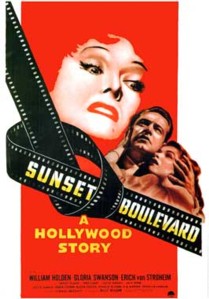
The poster for Sunset Boulevard: a Hollywood Story.
We are tucked in for the night, we need our beauty sleep before our early morning call at Siren Studios, also located on Sunset Boulevard. No sightings of the ghost of Gloria Swanson on the lookout for her “close up”… .thankfully!
November 9, 2014: Siren Studios call for 7:30am photo shoot.

Outside the studio is written a welcome for Time magazine.
When we arrive the studio is a blank canvas for photographer Dan Winters to then create a suitable backdrop, with the help of his assistants, before Benedict arrives at 11am.
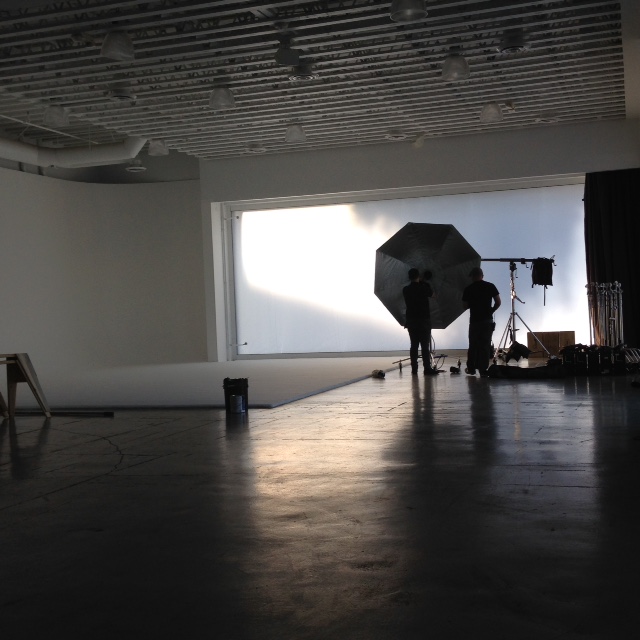
Dan Winters sets up for the photoshoot.
The “set” begins to take shape – Winters and crew create two tables, one in foreground where Benedict will sit, one in the background where the Enigma and some other artifacts Winters has brought will be placed. Of course I’m on hand with white gloves to unpack the Enigma, and then bring it over to the “set.”

The set for today's shoot.
Now we await Benedict’s arrival, it’s about 10am by now.
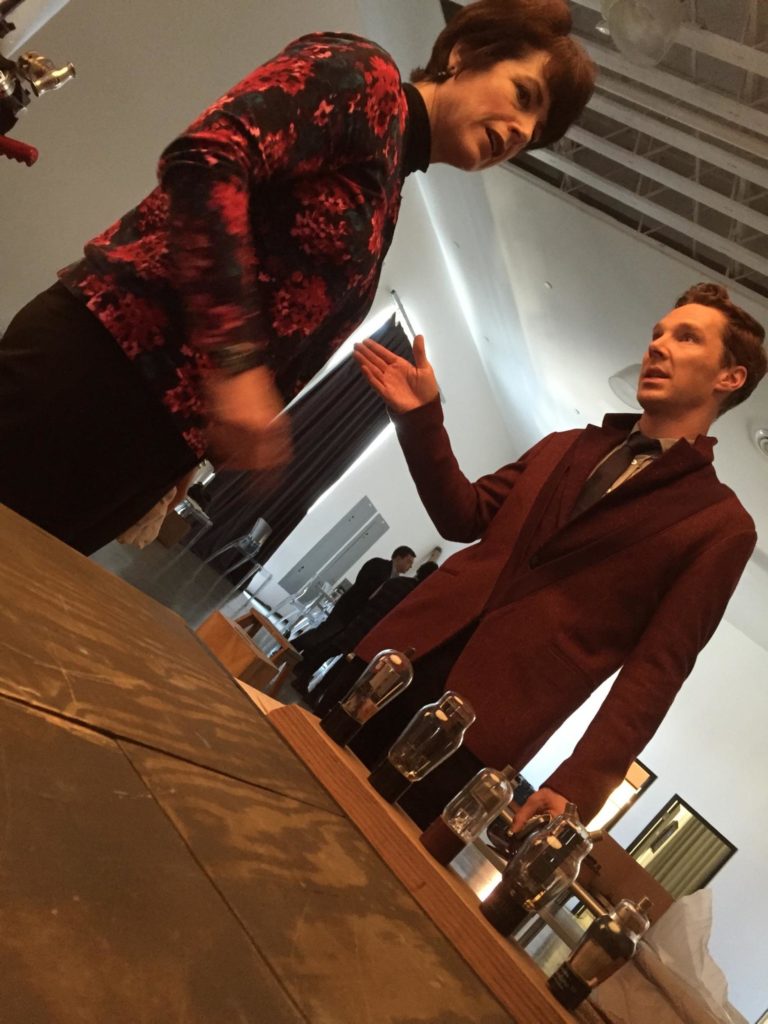
Carol Stiglic with actor Benedict Cumberbatch who plays Alan Turing in the movie The Imitation Game.
He arrives! TIME’s Executive Editor Tom Weber is at the ready and whisks Benedict off to the Green Room for an interview.
Once the interview was over Benedict was focused on the photo shoot. He took his place on the “set” and was such a pro and very involved in the process. Getting to a couple of photos both Cumberbatch and Winters were happy with took about 90 minutes. Believe me it was really exciting but also a tedious process. I had absolutely no doubt that the final photo picked would be incredible. Dan Winters did a great job and after he was finished shooting Benedict (about noon), he wanted to take a portrait of the Enigma machine. Of course I said yes. That portrait took another 90 minutes or so, as Dan mentioned that it would be included in the article in TIME.
By 2:30PM the Enigma and I are back in the Toyota for the long drive home. We’re both exhausted by the time we arrive, but it’s been a really great adventure.
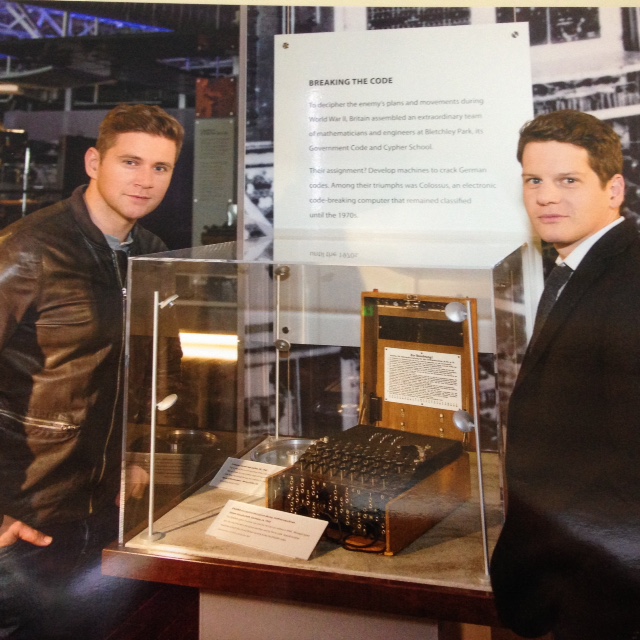
Allan Leech (left) and Graham Moore next to the CHM's Enigma machine.
Finally we’re both back home at the Museum. Thankfully we had a couple of days to rest and then Hollywood came to us. On the left is Allen Leech, who plays John Cairncross in The Imitation Game (and Tom Branson in Downton Abbey!), and on the right is Graham Moore who wrote the screenplay. They sat down for a brief interview with Museum CEO John Hollar to talk about their roles in the film.
And, we hope that Benedict will visit the Museum one day soon, and see the Enigma in its native habitat.
On behalf of the Museum, I’d like to express our appreciation to a few people. To Walter Isaacson for suggesting us to TIME Magazine, to Marie Tobias and Tom Weber at TIME, and to The Weinstein Company for making our screening of the film and the interviews with Leech and Moore possible.